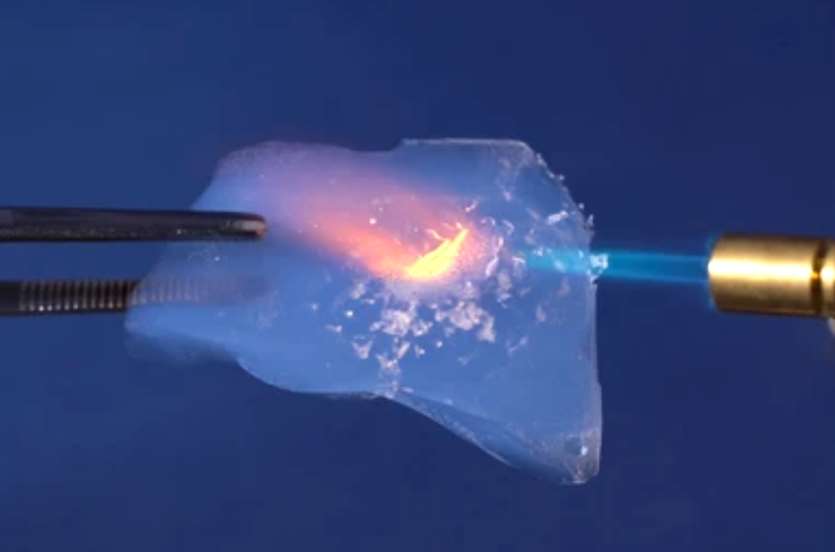 Jang D, et al. Polymer Testing, 2024, 137, 108534.
Jang D, et al. Polymer Testing, 2024, 137, 108534.
The study assessed the sensing performance of nanocomposites with silica aerogel contents ranging from 0.5% to 2%, revealing significant effects on sensor conductivity below the percolation threshold, but no impact above this threshold. The research underscores the influence of silica aerogels on CNT-based PDMS composites, suggesting significant potential in sensor development and material design.
The nanocomposites were synthesized using PDMS and its curing agent, incorporating multi-walled CNTs from Hyosung Inc. (diameter: 12-40 nm, length: 10 μm) as conductive fillers. To enhance CNT dispersion, sodium poly(styrene sulfonate) (PSS) was added in a ratio equivalent to the CNT content. The specific mixing proportions are summarized in Table 1. The percolation threshold was identified by varying CNT concentrations from 0% to 4% by PDMS weight, and after determining the optimal CNT content, silica aerogel was introduced at concentrations between 0% and 2% by PDMS weight.
The results showed that the introduction of silica aerogels hindered the formation of conductive networks, leading to reduced conductivity. The interaction between silica aerogels and CNT particles also affected electron mobility. Modified theoretical models, including the effective medium theory, successfully predicted the conductivity of the nanocomposites. The CNT@aerogel nanomixed clusters exhibited enhanced strain sensitivity and linearity under tensile stress, with a strain coefficient of 1.15, indicating their potential as strain sensors for various applications.















 Jang D, et al. Polymer Testing, 2024, 137, 108534.
Jang D, et al. Polymer Testing, 2024, 137, 108534. Pantaleo S, et al. Developments in the Built Environment, 2024, 20, 100576.
Pantaleo S, et al. Developments in the Built Environment, 2024, 20, 100576. Yan Y, et al. Radiation Measurements, 2024, 177, 107259.
Yan Y, et al. Radiation Measurements, 2024, 177, 107259. Wang S, et al. Energy and Buildings, 2024, 323, 114817.
Wang S, et al. Energy and Buildings, 2024, 323, 114817. Zhu C, et al. Applied Thermal Engineering, 2024, 255, 123915.
Zhu C, et al. Applied Thermal Engineering, 2024, 255, 123915. Li Z, et al. Construction and Building Materials, 2024, 438, 137161.
Li Z, et al. Construction and Building Materials, 2024, 438, 137161.

